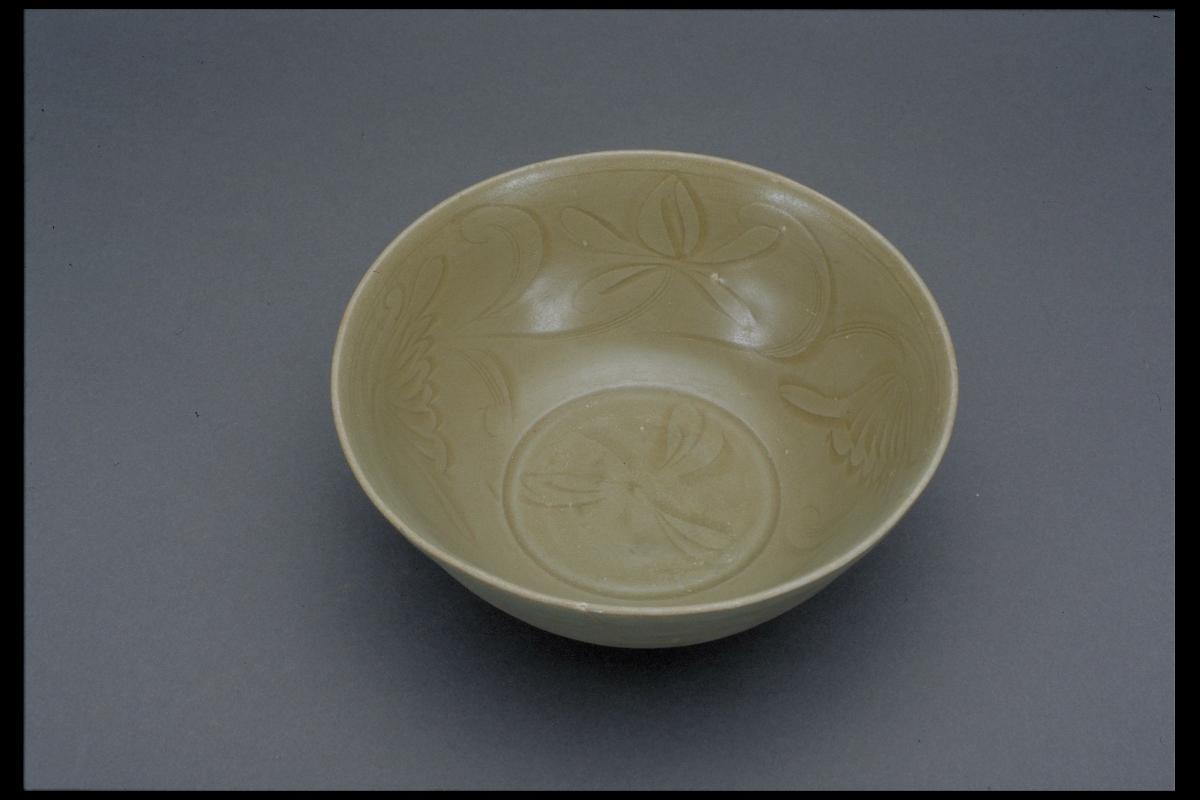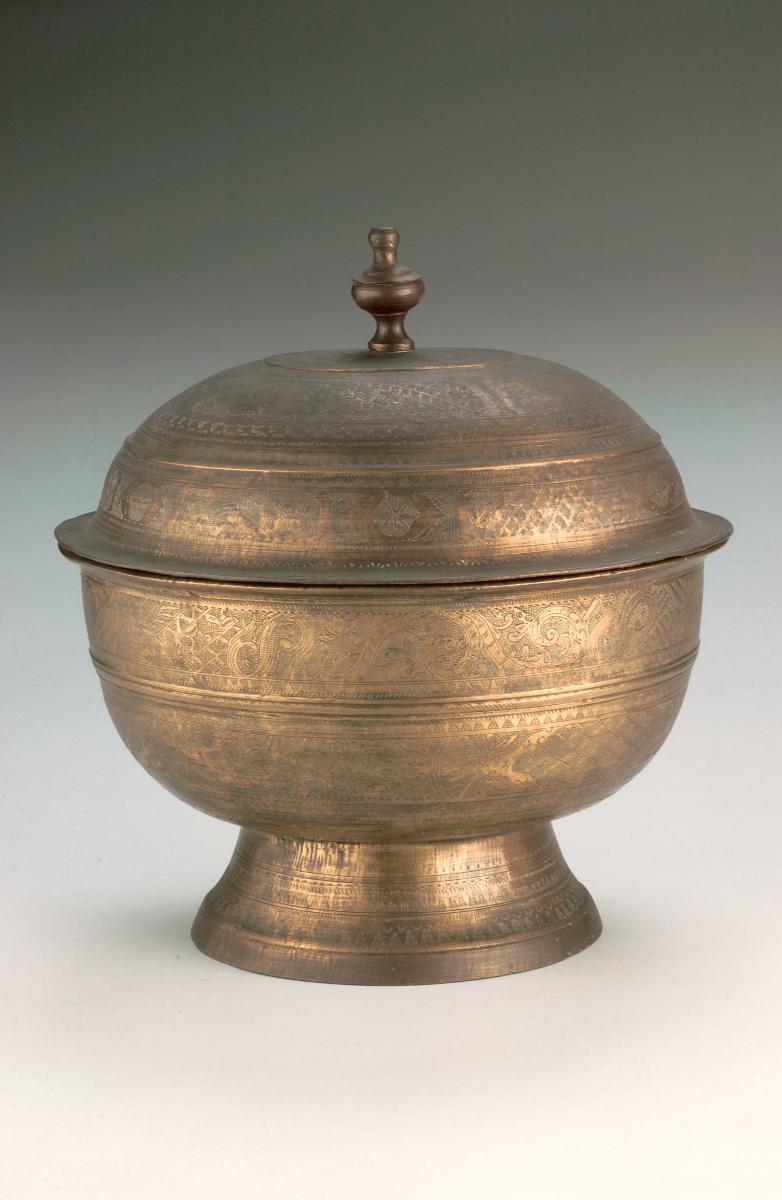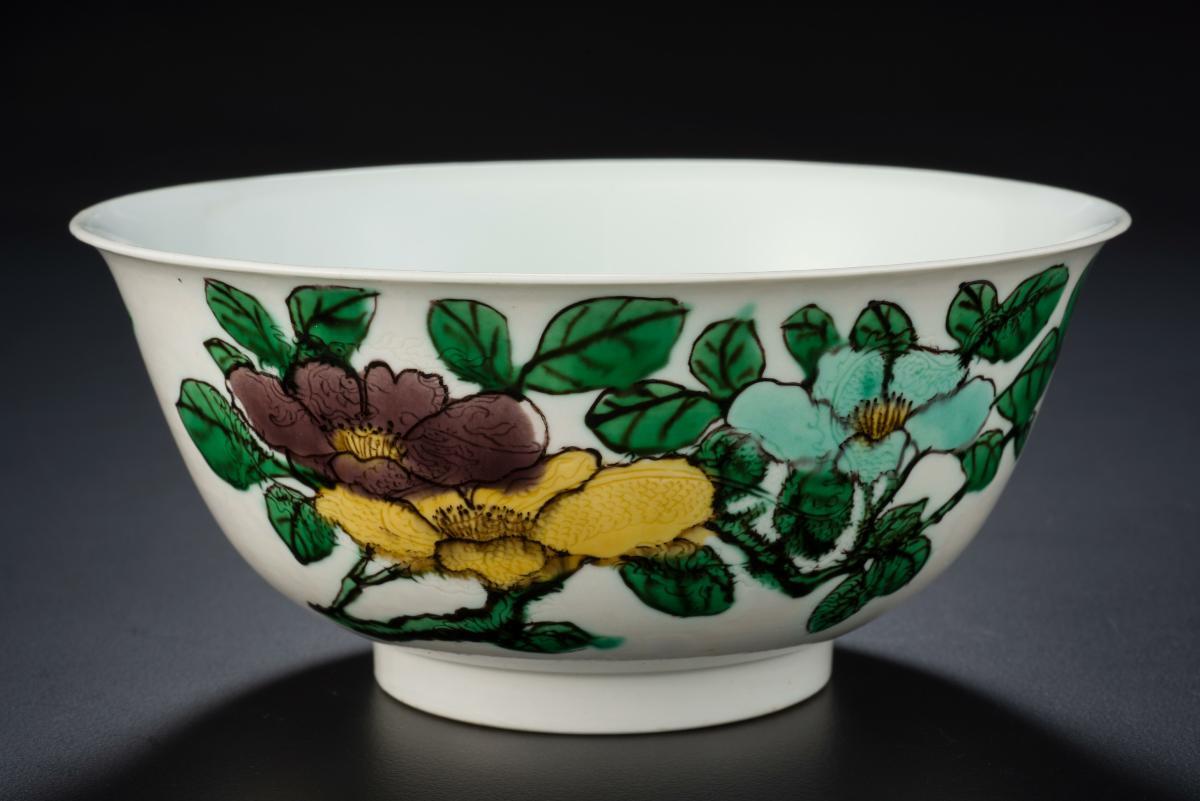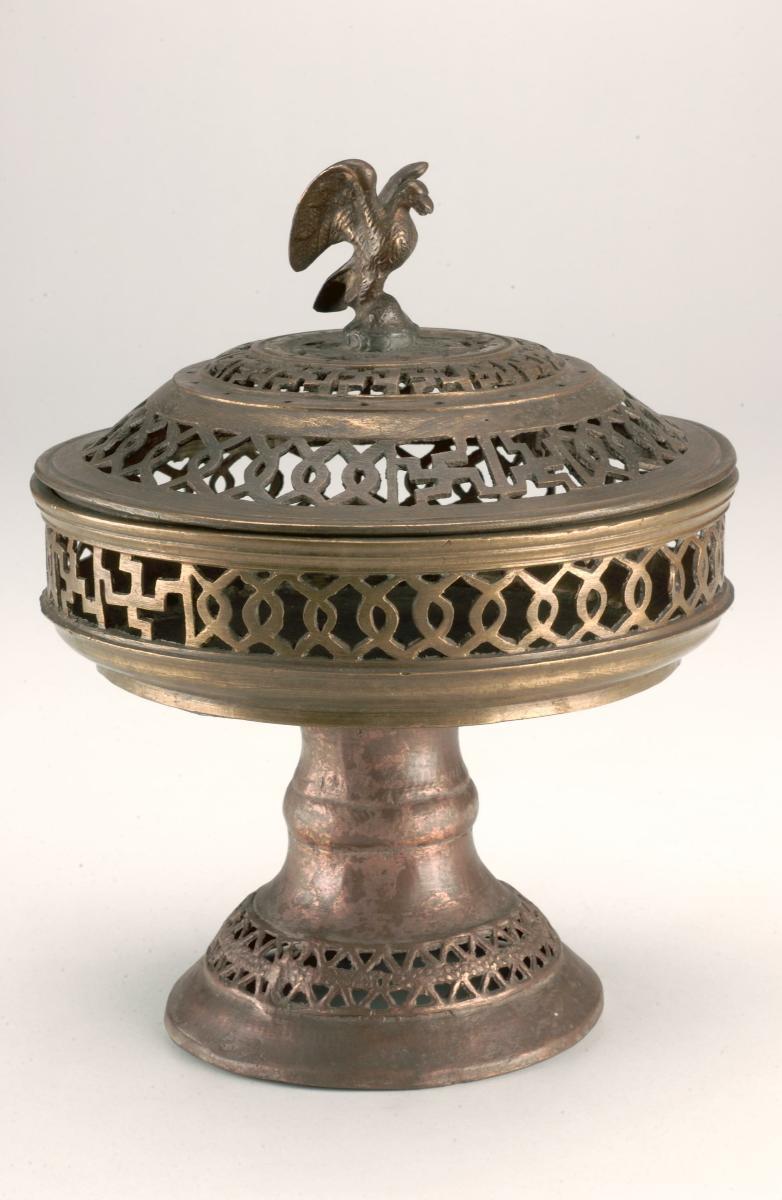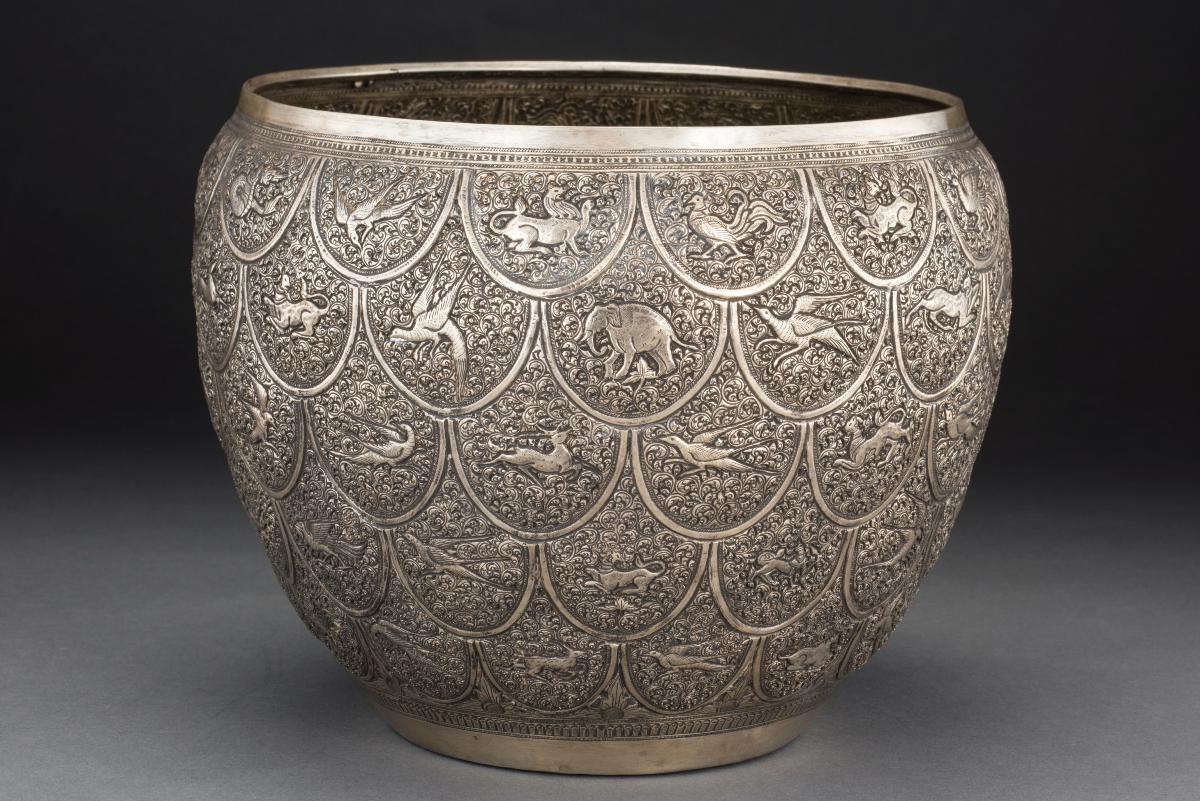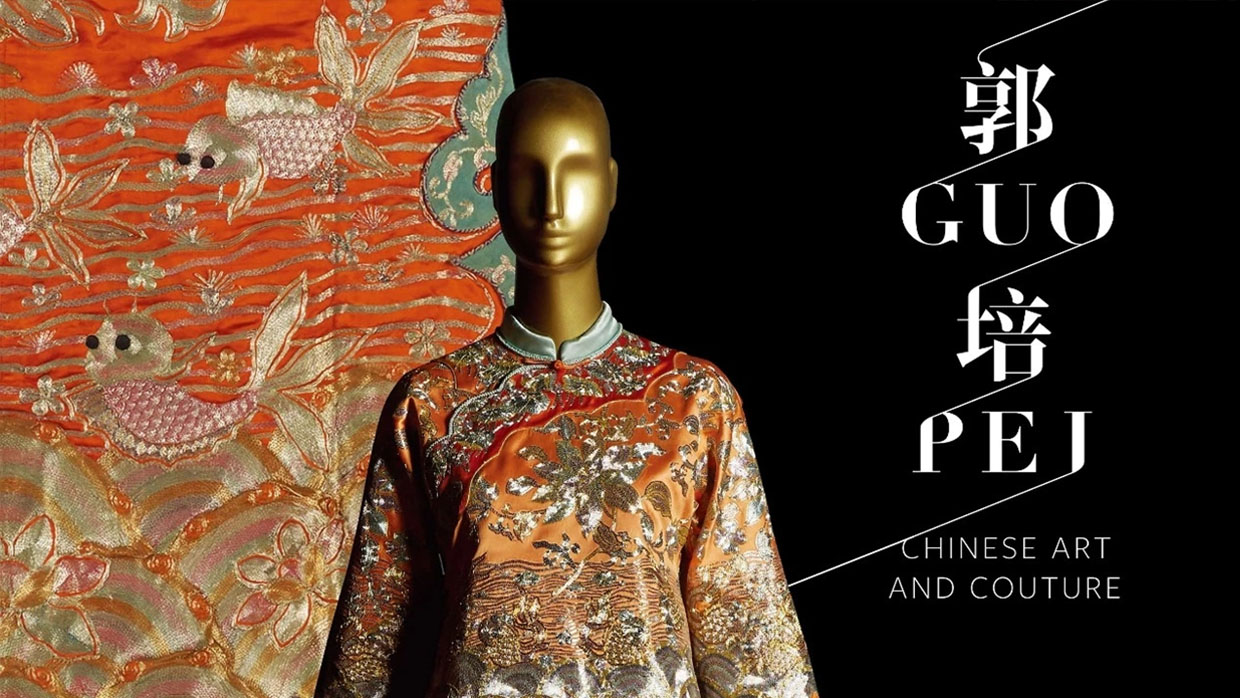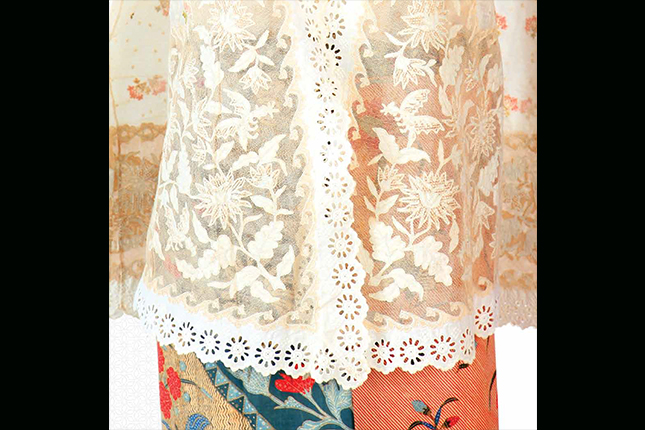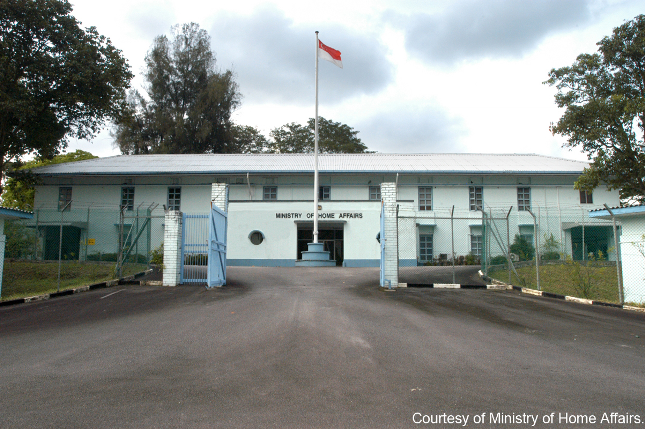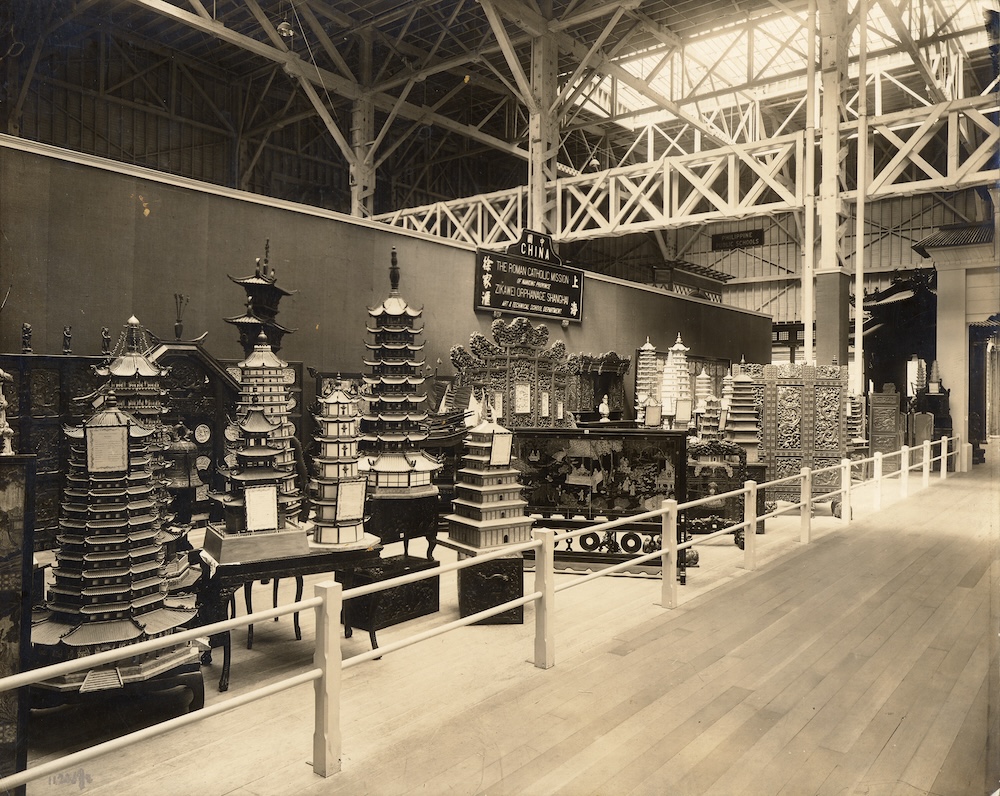This olive-green celadon glazed bowl is decorated with incised floral sprays. Thickly-glazed celadons (a generic European term for ceramics with green, iron-based glazes) such as this example, were mass-produced and widely exported from the Southern Song (1127-1279) to the early Ming period. They were also used domestically sometimes as tea-drinking vessels. This bowl is typical of the early trade wares found in Southeast Asia, especially the Philippines Indonesia, and also Japan and Egypt. Chinese ceramics were highly prized in these regions as ceramics of the same quality could not be produced locally.The glaze chemistry and firing conditions determined the colour of the celadon glaze, which ranged from bluish-green to olive-green. The finest Longquan celadons were highly prized for their smooth and lustrous glazes that resembled polished jade.




